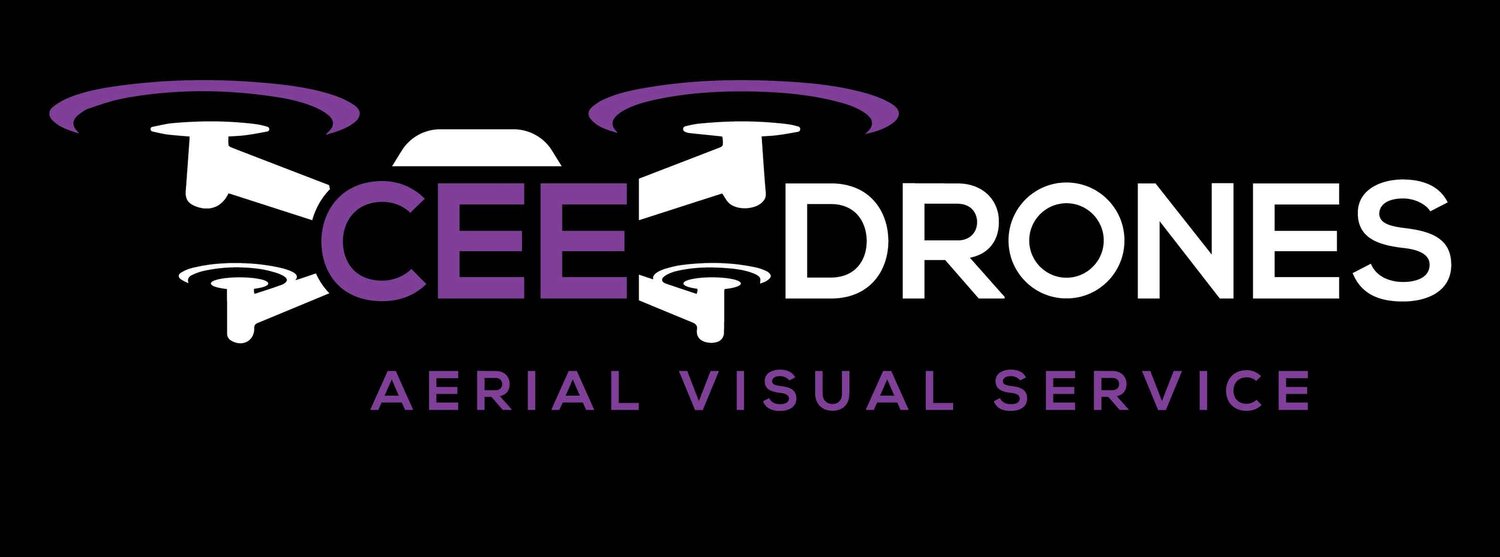### The Drone Revolution in Cell Tower Inspections
### The Drone Revolution in Cell Tower Inspections
In recent years, the advent of drone technology has dramatically transformed various industries, and telecommunications is no exception. The use of drones for cell tower inspections has not only streamlined the process but has also enhanced safety, efficiency, and data collection accuracy. This article explores how drones have revolutionized cell tower inspections and the benefits they bring to the telecommunications sector.
#### 1. Enhanced Safety
Traditionally, inspecting cell towers involved sending technicians up the towers, often hundreds of feet in the air. This posed significant safety risks, including falls, electrical hazards, and exposure to harsh weather conditions. Drones eliminate the need for workers to climb towers, significantly reducing the risk of accidents. With drones, inspections can be performed safely from the ground, allowing technicians to monitor the towers remotely. This shift not only protects workers but also minimizes liability for companies.
#### 2. Increased Efficiency
Drones can cover large areas quickly and efficiently. A drone equipped with high-resolution cameras can inspect multiple cell towers in a fraction of the time it would take a crew of technicians. This efficiency translates to time savings, allowing companies to complete inspections more frequently and respond to issues faster. In an industry where uptime is critical, the ability to quickly assess the condition of equipment can lead to improved service reliability and customer satisfaction.
#### 3. High-Quality Data Collection
Drones are equipped with advanced imaging technology, including thermal cameras and LiDAR (Light Detection and Ranging), which provide high-resolution images and detailed data about the condition of a cell tower. This technology allows for the identification of potential issues such as structural damage, corrosion, or equipment malfunction that may not be visible to the naked eye. The data collected by drones can be analyzed to create detailed reports and maintenance plans, enabling proactive maintenance and reducing costs associated with emergency repairs.
#### 4. Cost-Effectiveness
The cost savings associated with drone inspections are substantial. While there is an initial investment in drone technology and training, the reduction in labor costs, equipment wear and tear, and the ability to address issues before they escalate contribute to significant long-term savings. Furthermore, companies can avoid costly downtime by quickly identifying and resolving maintenance issues, enhancing overall operational efficiency.
#### 5. Regulatory Compliance
Telecommunications companies must adhere to various regulations and standards regarding equipment maintenance and safety. Drones facilitate compliance by providing accurate, time-stamped records of inspections. This documentation can be crucial during audits and can demonstrate that companies are maintaining their equipment according to industry standards. Drones also allow for more frequent inspections, ensuring that companies stay ahead of regulatory requirements.
#### 6. Environmental Benefits
Drones are not only safer and more efficient but also environmentally friendly. Traditional inspection methods often require the use of vehicles and equipment that can contribute to carbon emissions. Drones, on the other hand, are typically battery-powered and can operate with minimal environmental impact. Additionally, the ability to conduct inspections without disturbing the surrounding environment helps preserve local ecosystems.
#### Conclusion
The integration of drone technology into cell tower inspections marks a significant advancement in the telecommunications industry. With enhanced safety, increased efficiency, high-quality data collection, cost-effectiveness, regulatory compliance, and environmental benefits, drones have proven to be invaluable tools for companies looking to improve their operations. As technology continues to evolve, it is likely that drones will play an even more prominent role in the future of telecommunications, driving innovation and setting new standards for safety and efficiency.
